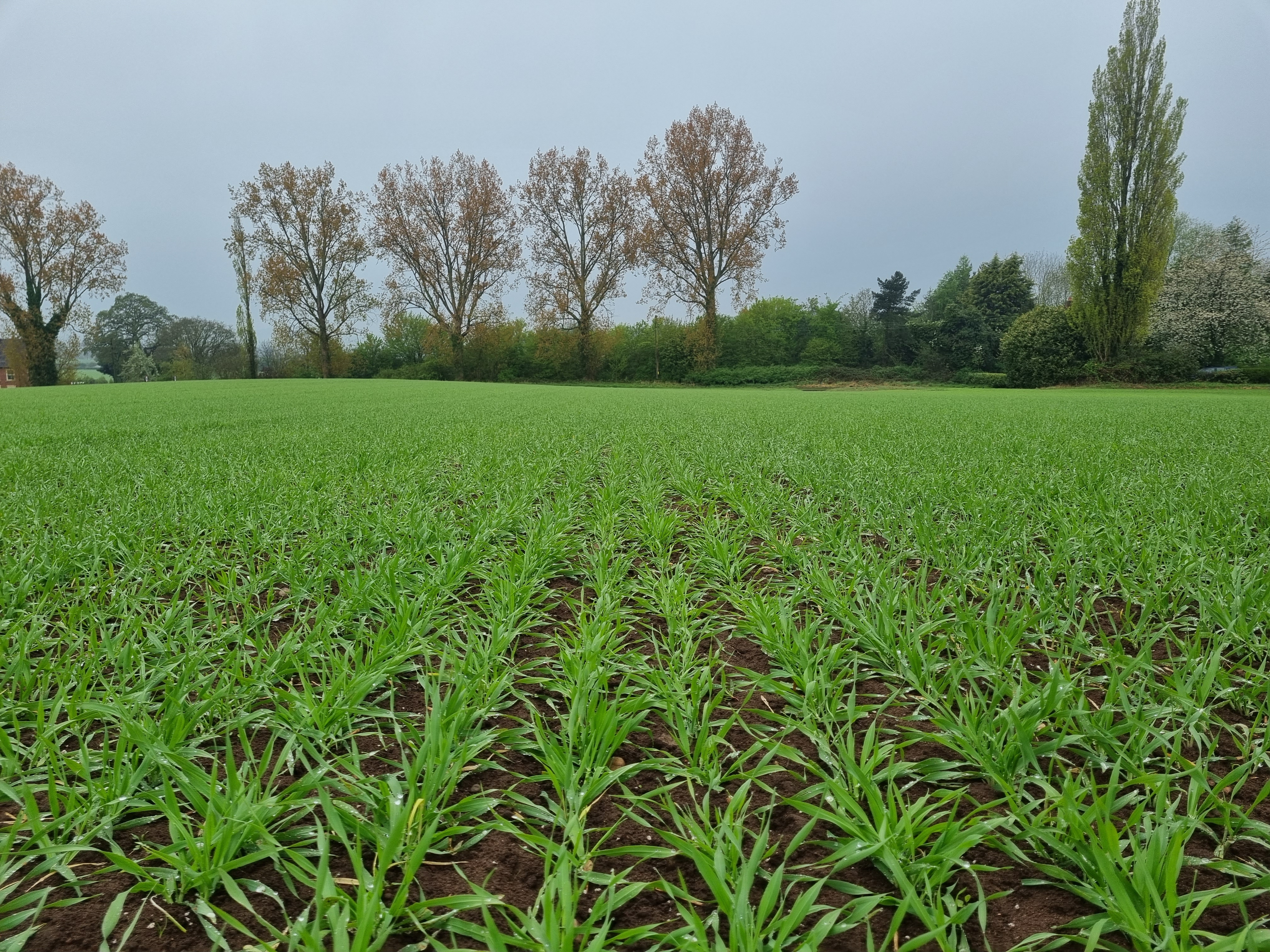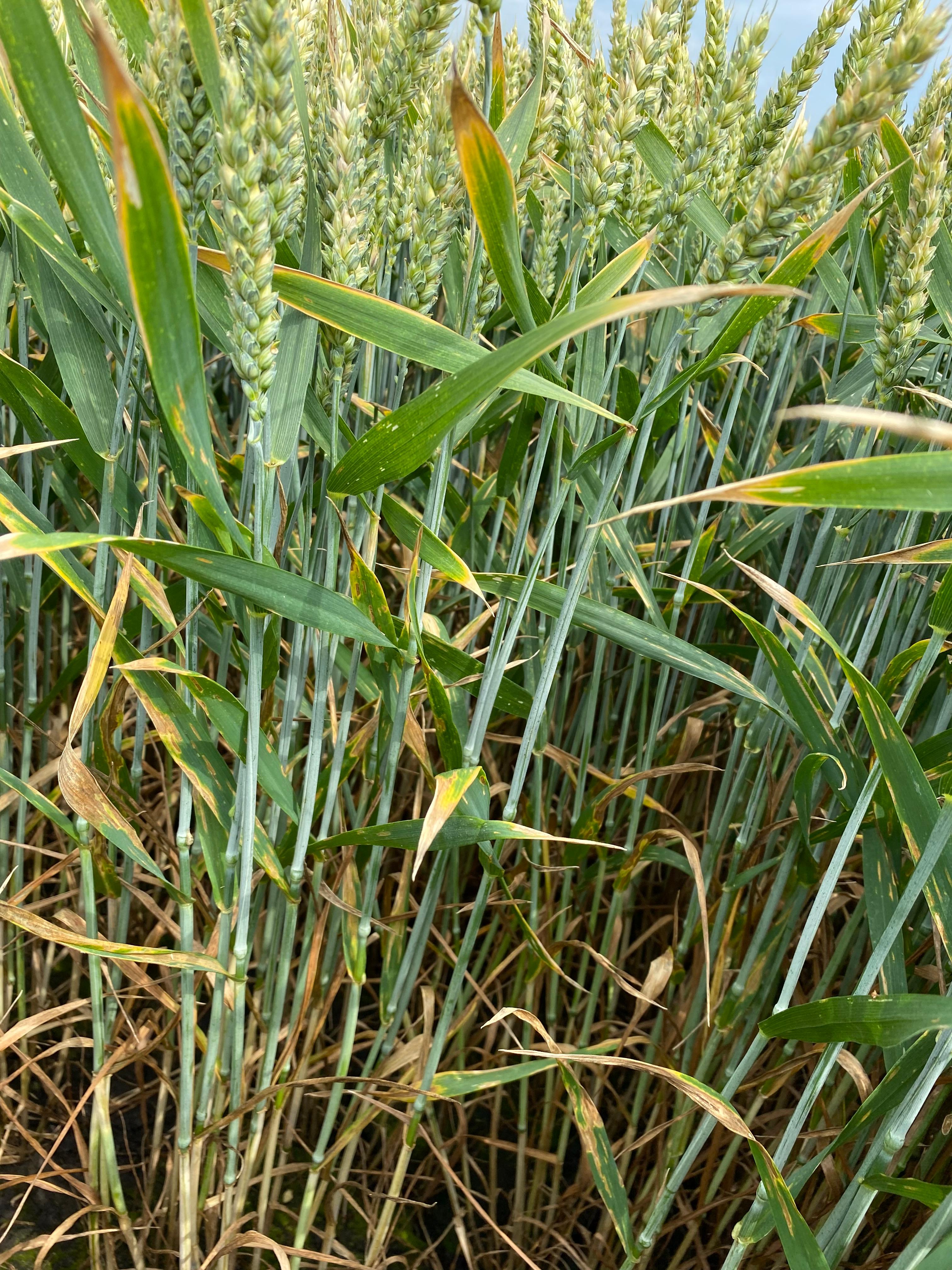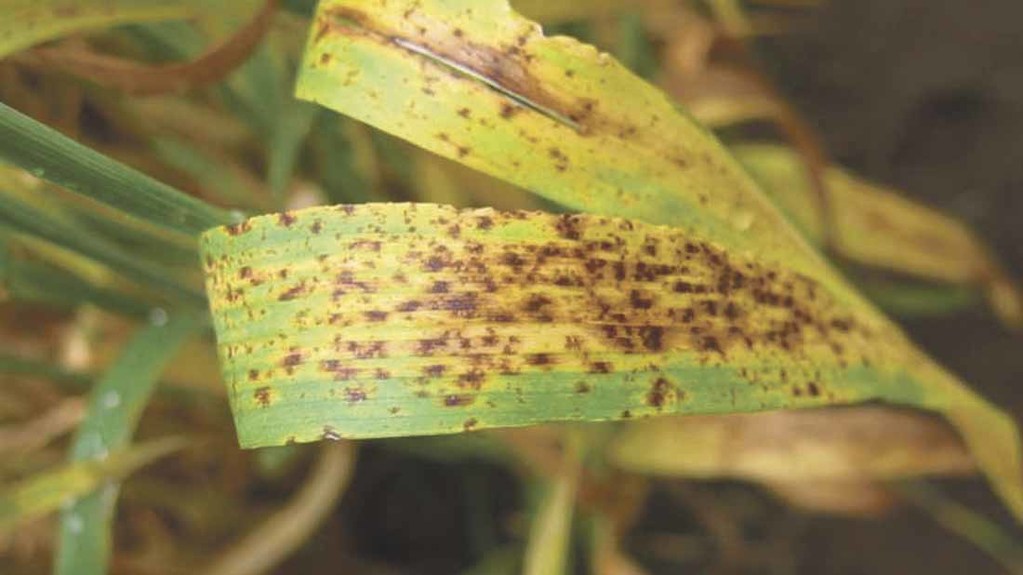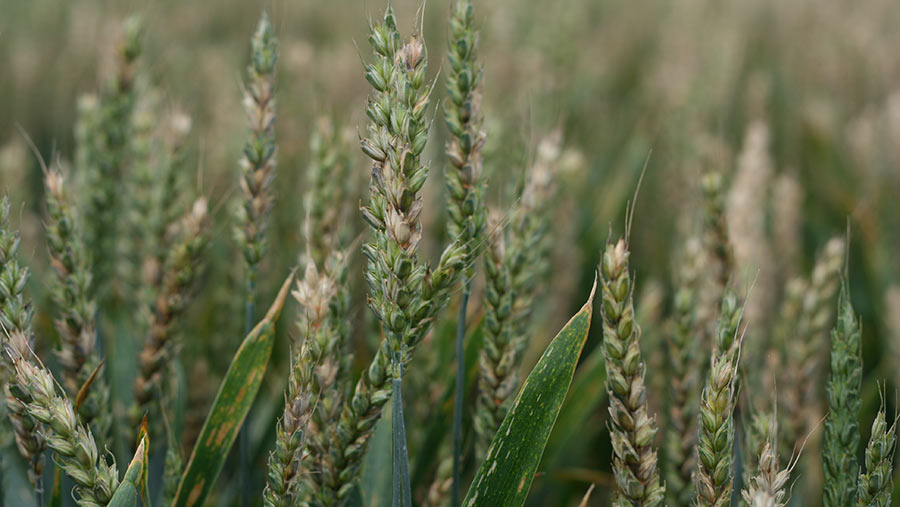 As we come towards the latter stages of spring, we catch up with ADAMA’s Lead Regional Agronomy Manager, Will Nicholls, who summarises the season so far and provides his crop protection advice for the coming weeks and months.
As we come towards the latter stages of spring, we catch up with ADAMA’s Lead Regional Agronomy Manager, Will Nicholls, who summarises the season so far and provides his crop protection advice for the coming weeks and months.
How have crops fared throughout what started out as a very dry and cold spring but has recently turned much wetter?
Despite April’s cold and often frosty temperatures and the need for additional moisture (many parts of the country received less than 3mm of rain in April), the majority of cereal crops have developed relatively well this spring – albeit a little slower than usual – with the recent rain aiding the uptake of fertiliser.
Most winter cereals have grown away well and have been able to source moisture from depth, with the rain which has fallen in the last 7-10 days allowing crops to really kick on and push through their growth stages.
Spring drilled cereals have been under a little more pressure, simply because a lot were ‘planted into dust’. Despite this, the majority of crops are up and growing and will quickly pick up pace following a spell of wet and warm weather.
Oilseed rape is more of a mixed bag, with the problems associated with establishment and the recent frosty weather really hampering the flowering of some crops. However, in my local patch of the West Midlands, crops are looking well, with the swathes of yellow as far as the eye can see. The biggest concern for these well-established crops is the threat of sclerotinia, especially as the recent spell of wet and cold weather has coincided with a protracted flowering phase.
In terms of non-combinable crops, the lack of moisture and continually cold night-time temperatures throughout April have been really detrimental to a lot of sugar beet crops, with significant re-drilling needed in many parts of the East.
Potatoes, on the other hand, have benefitted from the dry conditions, with growers able to get their crops in the ground without having to worry about the usual battle with water-logged soils. That said, as with most other crops, these newly sown potatoes now need the ground to warm significantly to enable them to get moving.
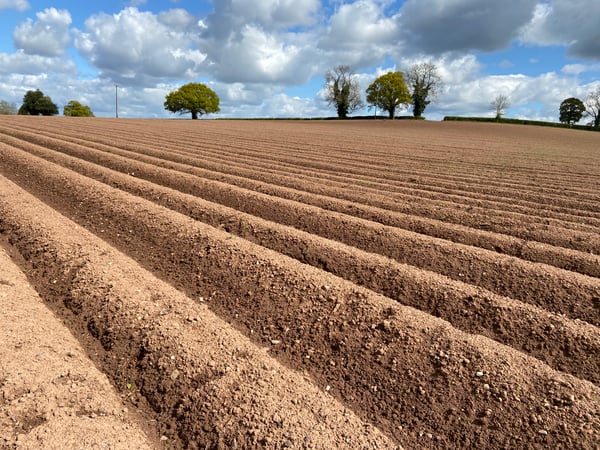
How much pressure are crops facing from disease this year?
In general, most wheat crops have remained relatively clean. That said, the recent spell of heavy rain (and in some areas, sleet or hail) could change the picture entirely.
In the east, rust is the main focus, whereas in the west, septoria is the bigger threat. Where rust has been the main concern, T0 treatments and the continuing frosty conditions have provided effective control in the more susceptible crops, with those less at risk requiring a stronger focus at T1.
It’s expected that the recent rain will require existing crop protection recommendations to be amended in favour of more robust applications with the inclusion of a multi-site fungicide such as ARIZONA (500g/l folpet) useful for additional protection between the timings.
Some growers may want to consider deferring to a T1.5 timing for their more disease-resistant varieties as this will enable them to assess the level of disease pressure over the coming weeks and to prioritise the true T1 timing for more pressing susceptible varieties.
Winter barleys have also remained fairly clean throughout the spring although there have been some reports of leaf spotting, especially in those crops which have been stressed by the cold, dry weather: with wetter weather predicted to last for the next couple of weeks, the risk of ramularia increases, so growers should include ARIZONA (500g/l folpet) in the tank at T2.
Rape crops have also seen an increase in disease recently with light leaf spot reportedly on the rise in many regions: thankfully a lot of this pressure has been hindered by the frosty conditions, but with temperatures set to rise it’s another thing for growers to be wary of.
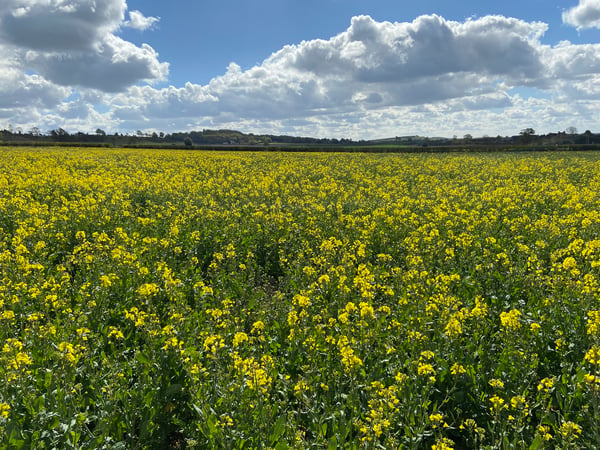
What is the current weed pressure looking like in each crop?
The dry and frosty weather effectively negated the majority of spring weed flushes, but the wetter conditions of the last week or so will more than likely turn this situation on its head.
The pre-emergence herbicide treatments which were applied to winter crops performed well last year, but we have certainly started TOWER (250g/l chlorotoluron, 40g/l diflufenican & 300g/l pendimethalin) can be a useful post-emergence option for these targets, especially as it has a flexible label and can be applied up to BBCH 30 (pseudostem erect stage).
With the recent change in the weather causing a step-change in disease and weed pressure, we’re going to see some very robust tank mixes at T1, with care needed to ensure any such applications don’t cause additional trauma in crops which are already stressed.
How have growers reacted to this spring’s cold and dry conditions?
This really depends on the potential of the individual crop being grown and the level of weed/pest/disease pressure it’s under. The dry weather has certainly enabled growers to reduce their inputs and delay applications, but with the rain comes an increased risk so it’s likely that any missed applications will need to be made up for in the coming weeks.
How successful have weed strategies been so far this year?
Wild oat germination has been the main spring focus of late, with TOPIK (240g/l clodinafop-propargyl & 60g/l cloquintocet-mexyl) a useful choice for targeting the problem in wheat. Otherwise, there have been very few applications required as growth and disease development have both been slow in the cold and dry conditions. As a result, most growers have held off with early spring applications and will be considering going on in the coming weeks.
What is next on the horizon for growers to think about in terms of crop protection and management?
One of the biggest conundrums at the moment is to determine what can be safely tank mixed at T1 and/or T1.5. Given the delay of early applications, the temptation will be to combine as many actives as possible in as few passes as possible. I would caution growers to be wary of going to any great extremes, and instead to use varietal variances to stretch fungicide application dates so that a decent interval between herbicide and fungicide applications can be maintained: this isn’t always practical, but it is certainly worthy of consideration as a means of reducing the potential for spray-induced crop damage. It’s also worth consulting the chemical manufacturers’ official tank mix data to make sure products are compatible.
What’s the best single piece of advice you can give growers at this time of year to improve the yield and quality potential of their current winter and spring crops?
In my mind there really is no substitute for monitoring crops closely and managing individual crops accordingly. Although disease, weed and pest pressures have been low so far this year, the situation can and probably will change very quickly as a result of the wetter weather.
With a small amount of septoria already present in the lower canopy of many wheats, a few spells of warm and wet weather will soon see this move up the plant. It is therefore worth including ARIZONA at T1 – not only to provided added disease control through to T2, but also to protect single site actives from the ever-present threat of resistance.
In terms of managing workloads in what is likely to be a very busy first half of May, growers should try to exploit the natural disease resistance of robust varieties (such as Extase) to determine if their planned T1 treatment can be delayed until T1.5, thereby allowing their more at-risk varieties to be treated first.
 United Kingdom
United Kingdom Select country
Select country
